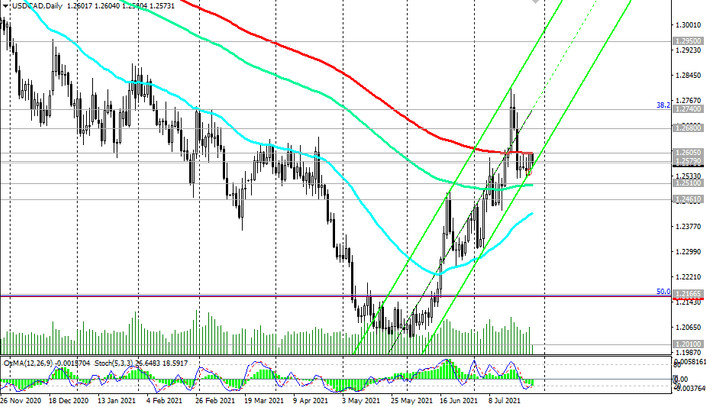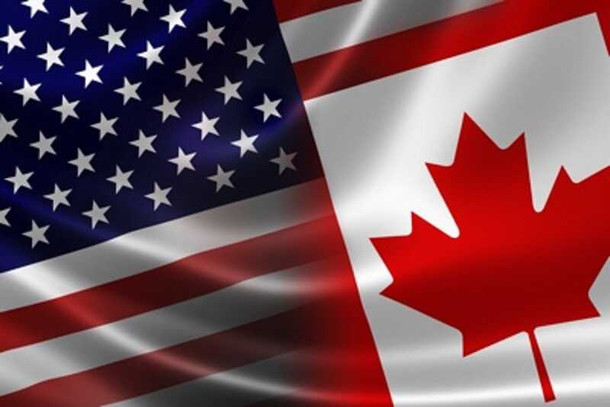As reported on Tuesday evening at the American Petroleum Institute (API), crude oil reserves in the United States in the past reporting week fell by -4.7 million barrels, and gasoline reserves - by -6.2 million barrels. This is a very significant reduction, which also turned out to be higher than the forecasts of analysts of the oil market. And today oil quotes are growing, supporting commodity currencies, primarily the Canadian dollar.
According to World Exports, Canada's total exports in 2019 were estimated at about 23.5% of the country's GDP. At the same time, the share of oil and oil products in Canada's exports is approximately 22%, and more than 76% of oil exports go to the United States and Mexico. Thus, if we say that the Canadian economy is still largely a raw material (another 2.8% is spent on the export of timber from Canada, and 2% on the export of ores, slag and ash, as well as a few more percent - on the export of fertilizers, aluminum, cellulose, chemicals), then we will not be far from the truth.
There is now some uncertainty in the oil market around oil demand due to the spread of the delta strain of the coronavirus. The outlook for the economy depends on the pace of vaccinations, according to IMF forecasts released on Tuesday. In advanced economies, where nearly 40% of the population is vaccinated, the outlook is more positive.
And since many leading economists predict an increase in oil demand in the second half of 2021 due to the weakening of quarantine restrictions and an increase in the rate of vaccination, this may have a positive effect on the quotes of the Canadian dollar. Despite OPEC+ plans to increase production, the supply in the oil market is still "slightly insufficient", oil market analysts say. Thus, investments in the Canadian dollar still look attractive, since Canada, as we noted above, is the largest exporter of oil, the demand for which and, accordingly, prices will rise.
Canadian dollar traders are focused on the release at 14:30 (GMT) of inflation data in Canada today. The core consumer price index (Core CPI) is expected to rise +0.4% (+2.4% yoy) in June after rising +0.4% (+2.8% yoy) in May.
This is a positive factor for the CAD, and a CPI reading in line with or above the forecast will support the Canadian dollar. The inflation target for the Bank of Canada is in the range of 1% -3%, and the rise in CPI is a harbinger of an interest rate hike.
However, the focus of all participants in the financial market today is the Fed meeting and the publication (at 18:00 GMT) of the decision on the interest rate, followed by a press conference, which starts at 18:30 (GMT).
According to economists, the Fed will keep the current level of interest rates and the pace of asset purchases in force, while maintaining guidance in the near future. In their opinion, at this meeting, a discussion of the reduction of purchases of assets may begin, but one should not expect clear signals about the timing and procedure for curtailing incentives. Fed executives intend to get more data on the recovery of the labor market and the economy, and the spread of the delta variant of the coronavirus requires them to be careful. Nevertheless, even a slight hint of a possible reduction in the quantitative easing program will be enough for the DXY dollar index, which is currently close to 92.50, to renew a series of local highs above 93.20.
However, the "dovish" rhetoric of statements by the Fed's management may contribute to the decline of the dollar and the USD / CAD pair, respectively.






